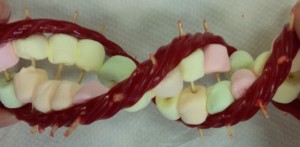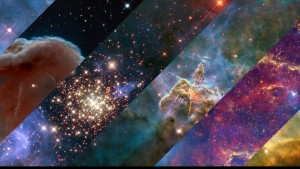- Part 1: Mutation Story
I’m achrondoplasia, I’m a mutated gene in James’ body. His dad is the one affected by an another achrondoplasia. His gene being the dominant one, there was a chance that their child might be affected by the disorder. It was passed in James’ body. I’m what you call dwarfism. I’m a mutated gene that causes a person to be short. It was a good thing that James’ mother did not have this disorder as well, since if both of the mutated gene was passed to my host, its likely that he will not live for more than a few months after he was born. Being an infant, he survived many things such as death. An infant having the gene disorder dwarfism has a very high chance to die. My host is a strong-willed child. Even though sometimes he was being bullied because of being like a dwarf, he stayed strong.
- Part 2: The Making of the Mutation Story
1. What questions did you need to research in order to create your mutation story?
• What genetic disorder is in the host’s body?
• What caused the mutation? Was it passed or did it just occurred by some accident?
• What effects did it do to the host’s body?
• What is the story of the host? How are they affected? Negative? Positive?
2. What new or familiar digital tools did you try to use as you worked through this project?
• I did not use any new tools since it wasn’t needed.
3. What was the process you used to investigate the topic?
• Ask, Acquire, Analyze.
4. How did you verify and cite the information you found?
• I found facts and used information from Wikipedia and skimmed through the other sites that can prove the facts I read.
5. How did the process of completing this challenge go? What could you have done better?
• It’s not completely that challenging. It was a bit hard since you had to research things. I could’ve done better by using a few more information and a few more parts for the story.


